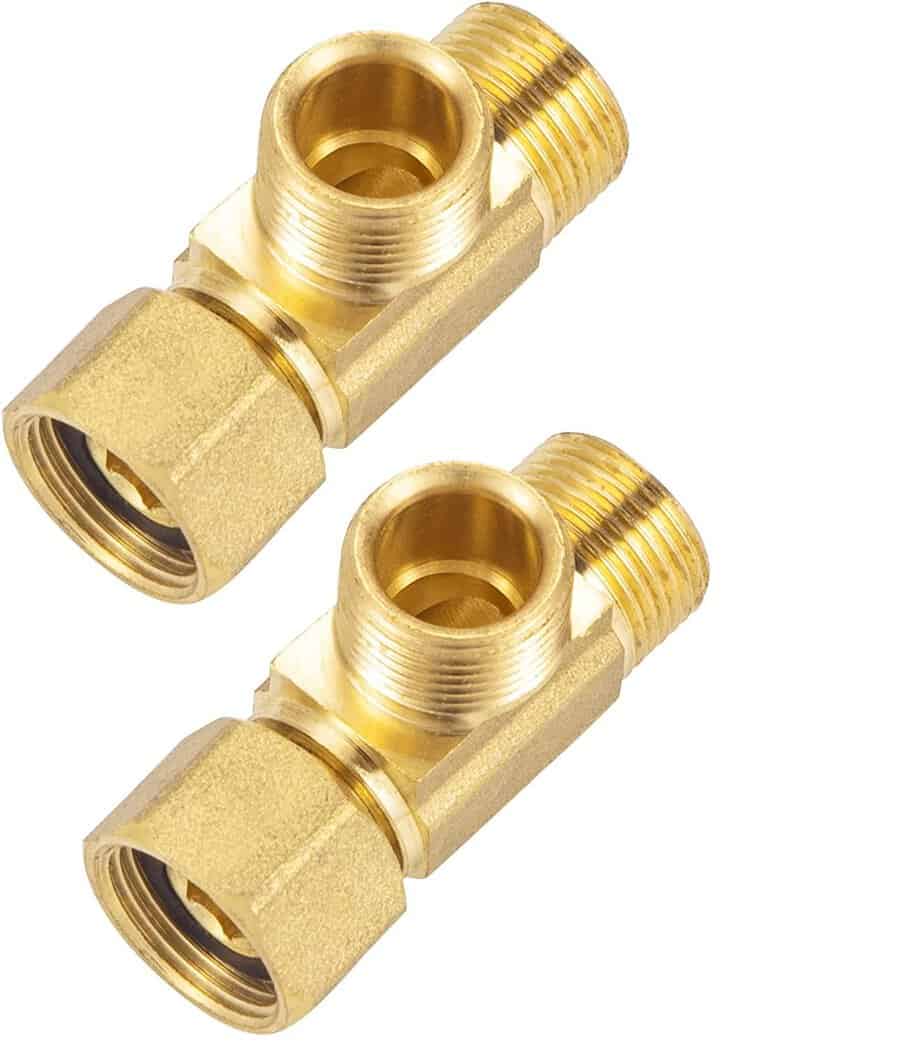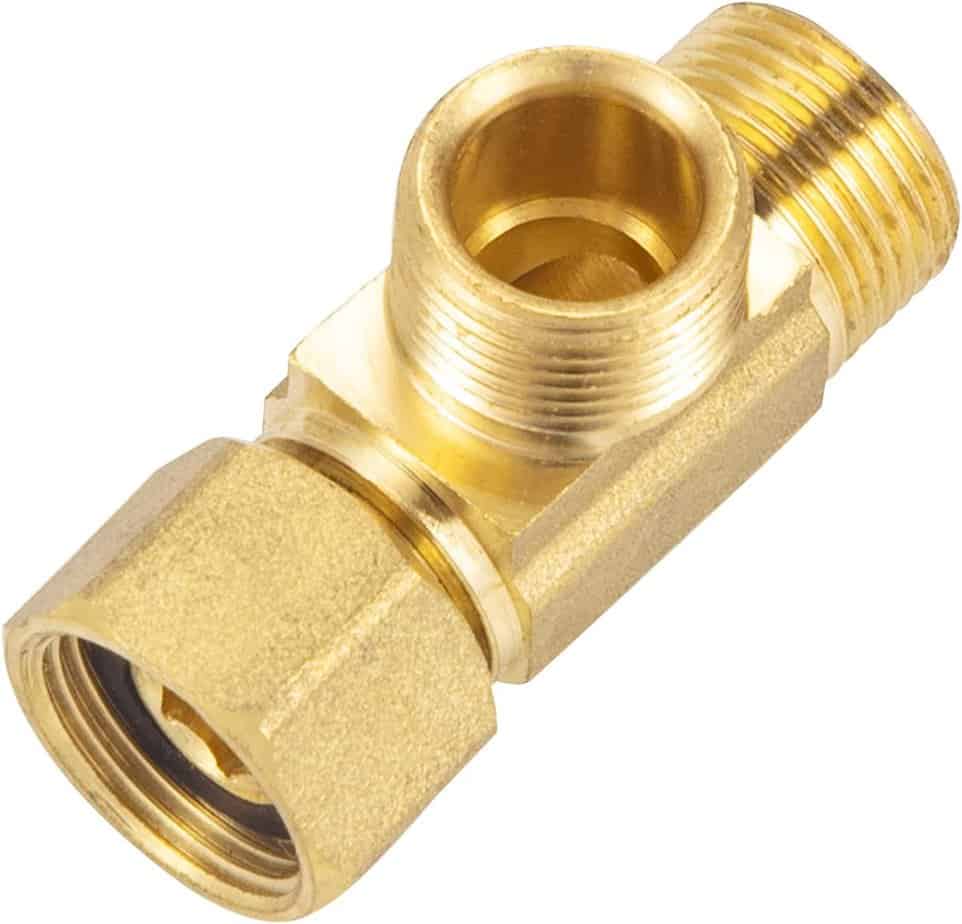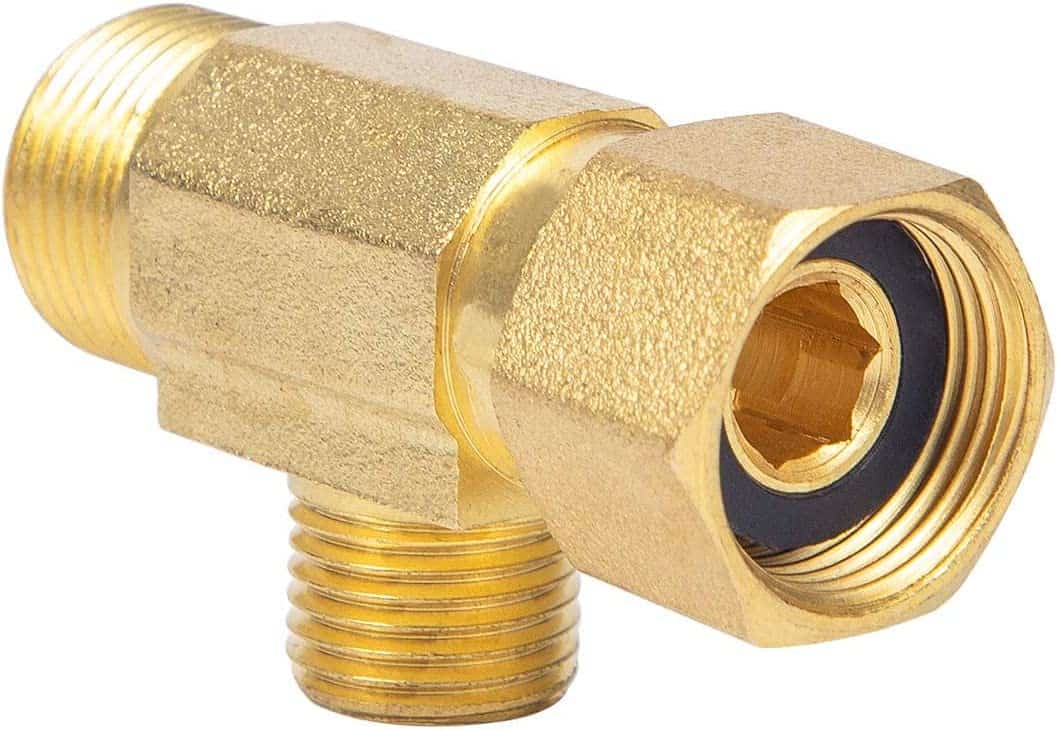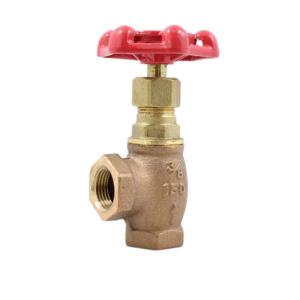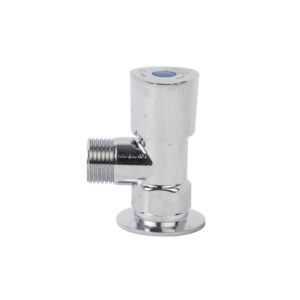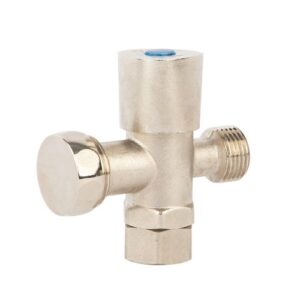Description
Water Shut-Off Valve
JX-0219
-
- Angle Shut-off Valve
- Size 3/8″X3/8″X3/8″
- Zinc alloy handle
- Brass Body With Chrome Plated
- Brass cartridge with fast-open
- It’s with 36 hours of salt spray testing
- Brass body with high-standard CP
- Three million times open-off working is guaranteed
- Thread connection Std: (G, Rc, RP), NPT
- Max work temperature: -10-110℃
- The max working pressure is 12 bar
- There are many uses for an angle valve in industry and public utilities—a spring-loaded compression angle valve transfers and dispenses compressed fuels, such as liquid propane. Municipal water companies often route pressurized water through an angle valve to make it accessible. These companies may also install an angle check valve in their lines to prevent the backflow of contaminants into drinking water. An angle valve may also be installed on the outlet at the bottom of a tank storing water or some other fluid so that pipes can be routed vertically from the outlet to another tank or wherever needed.

Introduction: Water shut-off valves are an important part of any plumbing system.
Water shut-off valves are an important part of any plumbing system. They shut off the water supply to your home’s fixture or appliance. This is necessary when making repairs or replacements to that fixture or appliance. Shut-off valves, such as a burst pipe, are also used in plumbing emergencies.
There are two water shut-off valves: main and fixture shut-off valves. The main shut-off valves are on the main water line in your home. This valve shuts off the water supply to your entire home. Fixture shut-off valves are located on the individual water lines leading to each fixture or appliance in your home. These valves only shut off the water supply to that particular fixture or appliance.
- Lead-free copper, Resists corrosion, rust, and freeze damage.
- Inlet 3/8″ OD female COMP inlet x 3/8″ OD COMP outlet x 3/8″ OD COMP outlet.
- ASME standards for low lead applications.
What is a water shut-off valve?
A water shut-off valve is a device that helps control water flow in a plumbing system. It is usually installed near the main water supply line and can be used to shut off the water supply to the entire home in case of an emergency. A water shut-off valve can also regulate water flow to specific fixtures or appliances, such as washing machines or dishwashers.
How does a water shut-off valve work?
Water shut-off valves are important to any home or business plumbing system. They allow you to control water flow to specific fixtures and can be used to shut off the water entirely in an emergency. While most valves are durable and reliable, they can sometimes become damaged or stuck, making turning them on or off tricky. If you’re having trouble with your water shut-off valve, try a few things before calling a plumber.
Types of water shut-off valves
There are three main water shut-off valves: the ball valve, the butterfly valve, and the gate valve.
Ball valves are the most common type of shut-off valve. They are simple to operate and have a low risk of leaking. Butterfly valves are less common than ball valves but take up less space and are easier to repair. Gate valves are the least common type of shut-off valve. They are more expensive than other valves but last longer and have a higher flow rate.
- Ball Valve:
- Type: Quarter-turn valve.
- How It Works: A lever handle turns a spherical ball with a hole in it. When the hole aligns with the pipe, it allows flow, and when perpendicular, it blocks flow.
- Applications: Water and gas supply lines, both residential and industrial.
- Gate Valve:
- Type: Multi-turn valve.
- How It Works: A gate or wedge-shaped disc is lowered into the path of the flow. It’s raised to allow flow and lowered to stop it.
- Applications: Main water supply lines.
- Globe Valve:
- Type: Multi-turn valve.
- How It Works: A movable plug or disc regulates flow by being raised or lowered onto a seat.
- Applications: Regulating flow and controlling pressure.
- Check Valve:
- Type: Non-return valve.
- How It Works: Permits flow in one direction while blocking it in the reverse direction, preventing backflow.
- Applications: Sump pumps, well pumps, and any system where backflow is undesirable.
- Butterfly Valve:
- Type: Quarter-turn valve.
- How It Works: A circular disc rotates to control the flow. It’s fully open or closed with a 90-degree turn.
- Applications: Large water supply lines, HVAC systems.
- Needle Valve:
- Type: Fine control valve.
- How It Works: A tapered needle-like plunger is adjusted to precisely control the flow rate.
- Applications: Laboratories, precision instruments.
- Diaphragm Valve:
- Type: Isolation valve.
- How It Works: A flexible diaphragm or membrane is pushed or pulled to block or allow flow.
- Applications: Pharmaceuticals, chemical processing.
- Pressure-Reducing Valve (PRV):
- Type: Specialty valve.
- How It Works: Maintains a set downstream pressure, reducing high inlet pressures to a manageable level.
- Applications: Water supply systems to control excessive pressure.
- Solenoid Valve:
- Type: Automated valve.
- How It Works: An electromagnet actuates a valve to control flow, often used in automation and remote control systems.
- Applications: Irrigation systems, automation processes.
- Float Valve:
- Type: Specialty valve.
- How It Works: A float ball rises or falls with liquid levels, opening or closing the valve to maintain a constant level.
- Applications: Toilet tanks, water tanks, and water supply control.
- Used for adding an outlet on water shut off for a refrigerator, ice maker, water filtration system, second faucet, drinking fountain
Why are water shut-off valves critical?
Water shut-off valves are necessary because they allow you to control the water flow to your home. If a plumbing emergency arises, you can turn off the water at the main water shut-off valve to prevent water damage. You should also know where your water shut-off valves are located if you need to turn the water off for maintenance or repairs.
How to Prevent Regulating Angle Valves from Blockage? Learn from Scratch.
Regulating angle valves are among the top in-demand valve products. They are responsible for controlling the flow for the sake of regulation purposes. Flow regulation has become a primary concern with the increase in industrial uses. We need to check on such points where adequate safety is required.
This need hit the market with a vast production of regulatory valves. They have been serving now for a while. And yet, new changes are being made to improve its working. Before moving to the details, let’s take a first glance at regulatory valves and their types.
Regulating Angle Valves:
These are among the sustainable valves. We use them to control and regulate liquid flow across both ends. For industries, it plays a control role. Yet, the products need active regulation for reactions. Yet, houses use them for sewage and water control. It makes regulating valves mandatory to use. Though no angular regulating valves are present, they are not as good as the angle valves.
